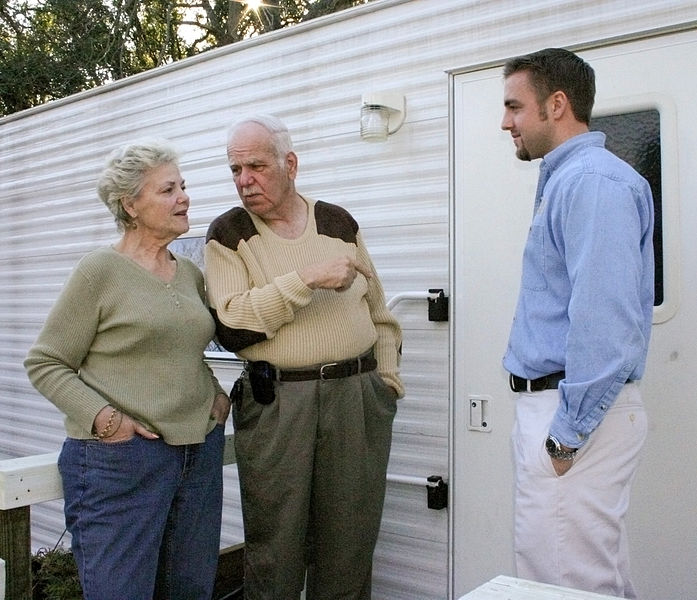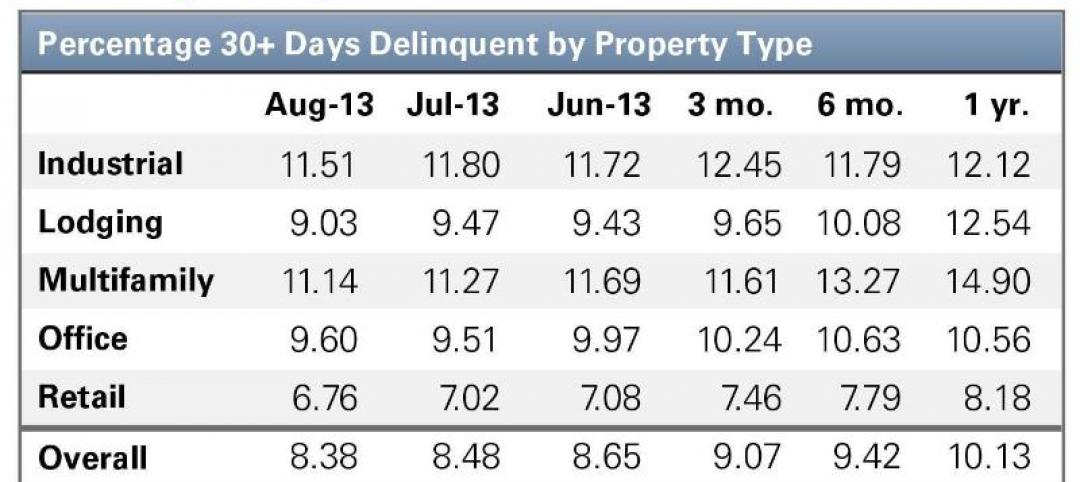America’s older population is in the midst of unprecedented growth, but the country is not prepared to meet the housing needs of this aging group, concludes a new report released by the Harvard Joint Center for Housing Studies and AARP Foundation.
According to Housing America’s Older Adults—Meeting the Needs of An Aging Population, the number of adults in the U.S. aged 50 and over is expected to grow to 132 million by 2030, an increase of more than 70% since 2000. But housing that is affordable, physically accessible, well-located, and coordinated with supports and services is in too short supply.
Housing is critical to quality of life for people of all ages, but especially for older adults. High housing costs currently force a third of adults 50 and over—including 37% of those 80 and over—to pay more than 30% of their income for homes that may or may not fit their needs, forcing them to cut back on food, healthcare, and, for those 50-64, retirement savings.
Much of the nation’s housing inventory also lacks basic accessibility features (such as no-step entries, extra-wide doorways, and lever-style door and faucet handles), preventing older persons with disabilities from living safely and comfortably in their homes. Additionally, with a majority of older adults aging in car-dependent suburban and rural locations, transportation and pedestrian infrastructure is generally ill-suited to those who aren’t able to drive, which can isolate them from friends and family.
Finally, disconnects between housing programs and the healthcare system put many older adults with disabilities or long-term care needs at risk of premature institutionalization.
“Recognizing the implications of this profound demographic shift and taking immediate steps to address these issues is vital to our national standard of living,” says Chris Herbert, acting managing director of the Harvard Joint Center for Housing Studies. “While it is ultimately up to individuals and their families to plan for future housing needs, it is also incumbent upon policy makers at all levels of government to see that affordable, appropriate housing, as well as supports for long-term aging in the community, are available for older adults across the income spectrum.”
Of special concern as the older population in the U.S. continues to swell are the younger baby boomers who are now in their 50s. With lower incomes, wealth, homeownership rates, and more debt than generations before them, members of this large age group may be unable to cover the costs of appropriate housing or long-term care in their retirement years.
Indeed, while a majority of people over 45 would like to stay in their current residences as long as possible, estimates indicate that 70% of those who reach the age of 65 will eventually need some form of long-term care. In this regard, older homeowners are in a better position than older renters when they retire. The typical homeowner age 65 and over has enough wealth to cover the costs of in-home assistance for nearly nine years or assisted living for six and half years. The typical renter, however, can only afford two months of these supports.
“As Americans age, the need for safe and affordable housing options becomes even more critical,” says Lisa Marsh Ryerson, President of the AARP Foundation. “High housing costs, aging homes, and costly repairs can greatly impact those with limited incomes. The goal in our support of this report is to address the most critical needs of these households and it is AARP Foundation’s aim to provide the tools and resources to help them meet these needs now and in the future.”
Check out the infographic below to better understand some of the study's findings.
Source: Harvard JCHS & AARP Foundation
Related Stories
| Sep 11, 2013
BUILDINGChicago eShow Daily – Day 3 coverage
Day 3 coverage of the BUILDINGChicago/Greening the Heartland conference and expo, taking place this week at the Holiday Inn Chicago Mart Plaza.
| Sep 10, 2013
BUILDINGChicago eShow Daily – Day 2 coverage
The BD+C editorial team brings you this real-time coverage of day 2 of the BUILDINGChicago/Greening the Heartland conference and expo taking place this week at the Holiday Inn Chicago Mart Plaza.
| Sep 3, 2013
Delinquency rate for commercial real estate loans at lowest level in three years
The delinquency rate for US commercial real estate loans in CMBS dropped for the third straight month to 8.38%. This represents a 10-basis-point drop since July's reading and a 175-basis-point improvement from a year ago.
| Aug 26, 2013
What you missed last week: Architecture billings up again; record year for hotel renovations; nation's most expensive real estate markets
BD+C's roundup of the top construction market news for the week of August 18 includes the latest architecture billings index from AIA and a BOMA study on the nation's most and least expensive commercial real estate markets.
| Aug 22, 2013
Energy-efficient glazing technology [AIA Course]
This course discuses the latest technological advances in glazing, which make possible ever more efficient enclosures with ever greater glazed area.
| Aug 14, 2013
Green Building Report [2013 Giants 300 Report]
Building Design+Construction's rankings of the nation's largest green design and construction firms.
| Jul 29, 2013
2013 Giants 300 Report
The editors of Building Design+Construction magazine present the findings of the annual Giants 300 Report, which ranks the leading firms in the AEC industry.
| Jul 19, 2013
Renovation, adaptive reuse stay strong, providing fertile ground for growth [2013 Giants 300 Report]
Increasingly, owners recognize that existing buildings represent a considerable resource in embodied energy, which can often be leveraged for lower front-end costs and a faster turnaround than new construction.
| Jul 2, 2013
LEED v4 gets green light, will launch this fall
The U.S. Green Building Council membership has voted to adopt LEED v4, the next update to the world’s premier green building rating system.
| Jul 1, 2013
Report: Global construction market to reach $15 trillion by 2025
A new report released today forecasts the volume of construction output will grow by more than 70% to $15 trillion worldwide by 2025.


















